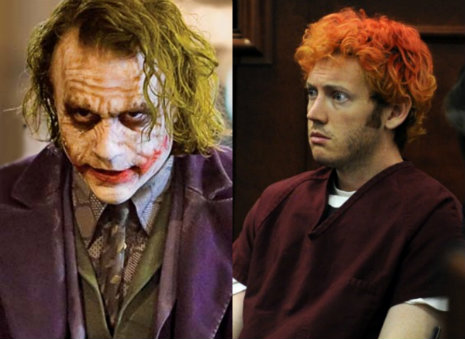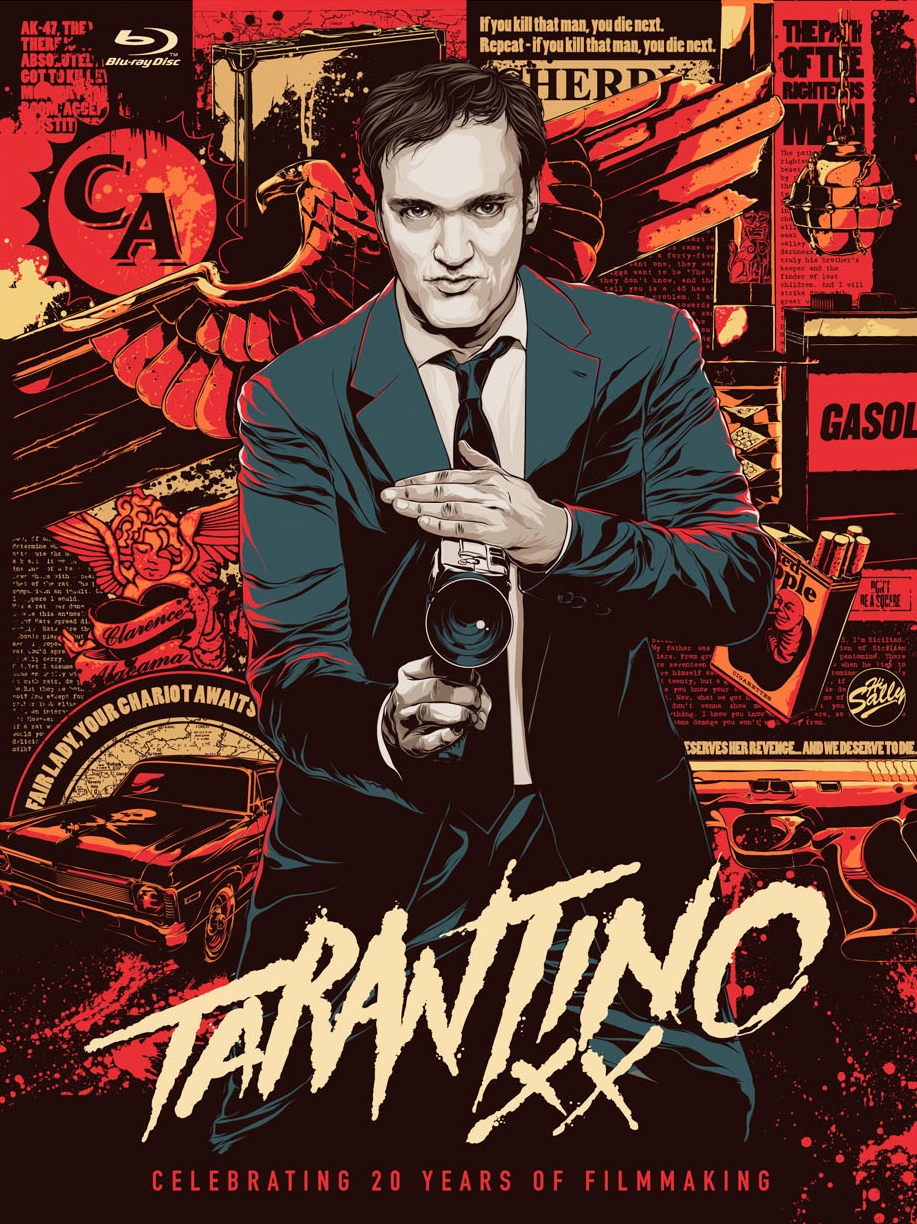
Loren Coleman may well be a modern-day Cassandra, but when I first happened upon his Twilight Language blog in July – via Christopher Knowles’s frequently fascinating The Secret Sun – I considered it an example of conspiratorial “synchromystic” navel-gazing par excellence. Instantly apparent, for instance, was the seemingly obligatory preoccupation with Christopher Nolan’s Batman films, in this case The Dark Knight Rises. I saw Coleman had done three consecutive posts on the movie – due for its US release the next day – and I browsed through them with a slightly superior air.
Essentially, it seemed to have caught Coleman’s eye for the same reason it had Rush Limbaugh’s – the “Bane” (as in, the villain) and “Bain” (as in Mitt Romney’s villainous company) homonym. While Coleman had no truck with Limbaugh’s widely ridiculed conspiracy theory that the correspondence was a Democrat propaganda ploy, he appeared to think that the “coincidence” (ahem) warranted scrutiny to an extent that I initially found idiotic.
So, Coleman examined the etymology of the two words, looked into the character called “Bane” and detailed the filming locations for the movie (these included a Romanian Masonic temple, wouldn’t ya know?). For the last in the short series – posted that morning (07/19/12) – he looked into the significance of the following day’s date, noting that it was historically associated with space exploration and assassinations. Finally, he moved on to events that had occurred on the release dates of the previous Dark Knight films (including Al Qaeda raids and a crane disaster), and observed that, almost exactly a year ago, Anders Breivik had embarked on his infamous killing spree on a day that also saw the release of Captain America, a movie that reportedly kicks off to the sound of Nazi rapid fire in Norway.
It was becoming obvious that Coleman’s analysis was not piecemeal, but cumulative – the assembled “data,” which meant next to nothing to me, had aroused his foreboding enough for him to describe the release of The Dark Knight Rises as “rushing towards us.” The very last words he would post prior to the Aurora massacre where these:
“What will happen on July 20, 2012?”
It ain’t often you seem to read tomorrow’s news today, and I certainly experienced an otherworldly chill when I learned of the shootings the following afternoon. And there was more…
Something I didn’t realize when I first came upon Twilight Language was that the blog’s founding and enduring purpose was to promote and elaborate upon Coleman’s 2004 book The Copycat Effect, an entirely sober work of behavioral science examining the media’s role in causing and exacerbating outbreaks of violence through sensationalistic wall-to-wall news coverage of suicidal and homicidal acts, as well as through violent film and music.
Funnily enough, it was in this precise context that Coleman had previously written of Nolan’s films, having predicted and then documented the emergence of copycats inspired by Heath Ledger’s Joker in 2008’s The Dark Knight. James Holmes, of course, would shed his gas mask, body armor, and fatigues to reveal that beneath his distinctly Bain-reminiscent exterior, he was himself a self-proclaimed Joker copycat.
Coleman’s ongoing analysis of Aurora’s aftermath has almost been as impressive as his anticipation of it. There has been, for example, the extensive copycat incidents that have proceeded it (you may have noticed the high number of mass shootings over recent months), not to mention the surrounding coincidences that connect them – ranging from the Sikh Temple shooter’s living on Holmes Street, to the name of the Quebec shooter being Richard Henry Bane.
In the immediate wake of the Aurora killings, Coleman observed that Aurora means “dawn” in Latin, while Colorado translates as “red”: red dawn, a traditional warning. He showed that related symbolism occurred everywhere, implicit in both the film’s title The Dark Knight Rises, and its subtitle, A Fire Will Rise. In The Dark Knight, character Harvey Dent voices the following line “The night is darkest just before the dawn, and I promise you, the dawn is coming.” Obama, referring to the Aurora survivors: “It reminds you that even in the darkest of days, life continues and people are strong. Out of this darkness, a brighter day is going to come.” Aurora is a hub of strangeness, what Coleman describes as a “complex ‘occult’ (as in the original meaning of the word, ‘hidden,’ not ‘paranormal’) synchronicity story of which more and more is being revealed daily.”
In recent correspondence with Coleman, I asked about his other predictions. There have been a fair few, many of them similarly ghoulish (homicidal and suicidal acts being an area of especial expertise). My asking inspired him to write up a selection of them, which you can read here. His acumen has previously led to attention from CNN, among others, but such coverage tends to emphasize his use of behavioral science and “pure psychology.” He encourages this, stressing that there’s “no magic here.” But there is a bit of madness in his method, to be sure.
I mean it as a compliment: that he seems to be able to make use of a Fortean/Jungian worldview of rippling relationships to peer into tomorrow’s news is riveting.















